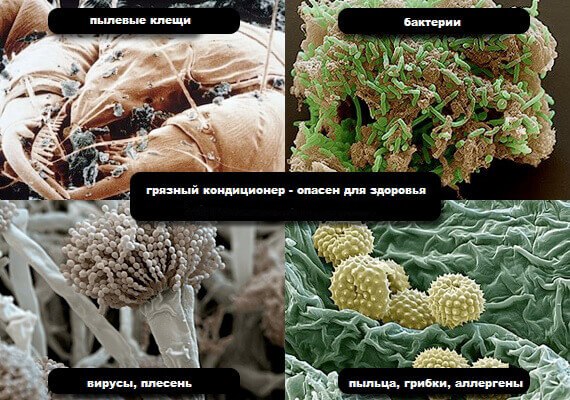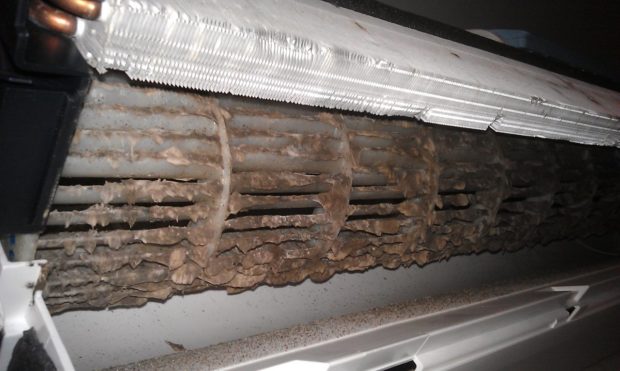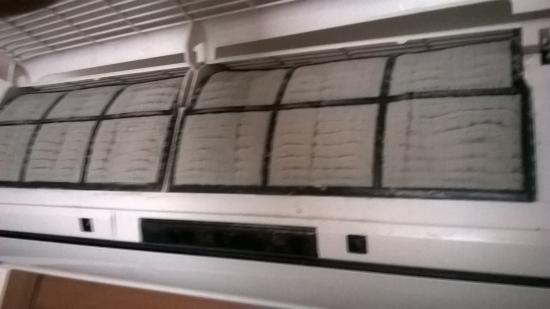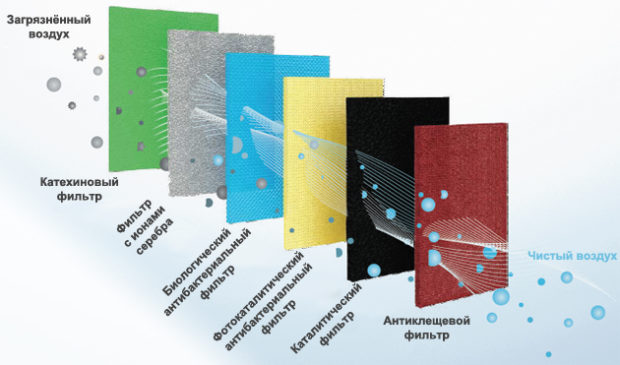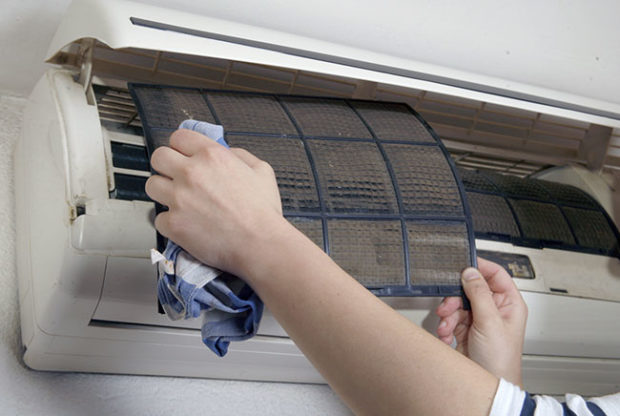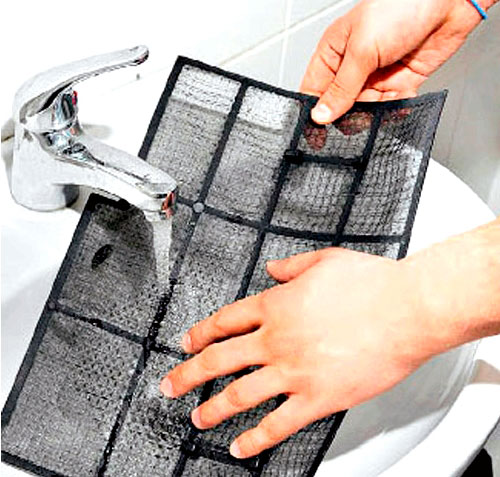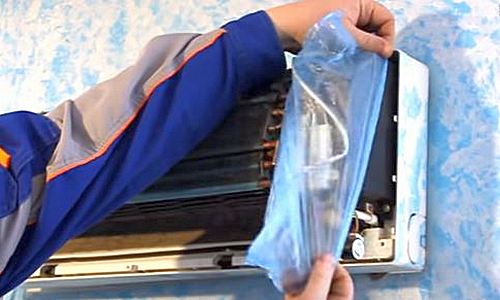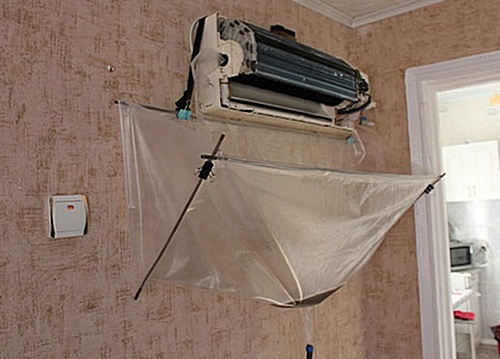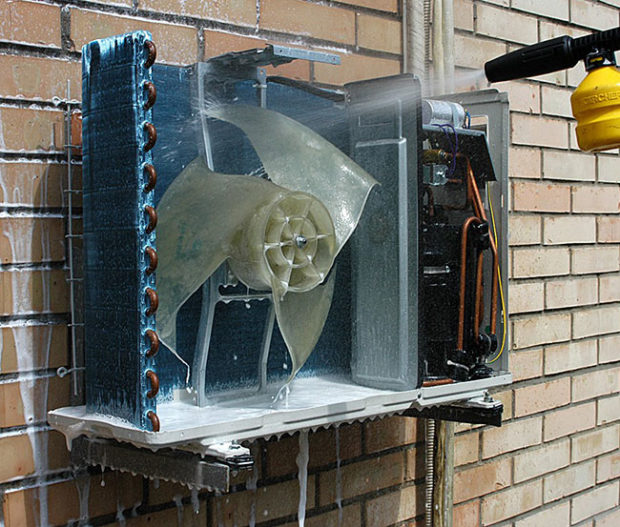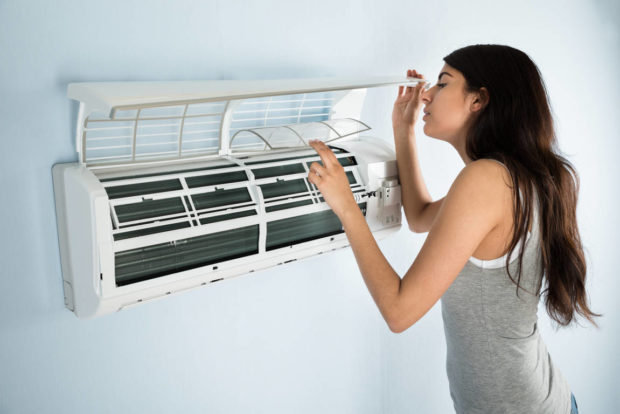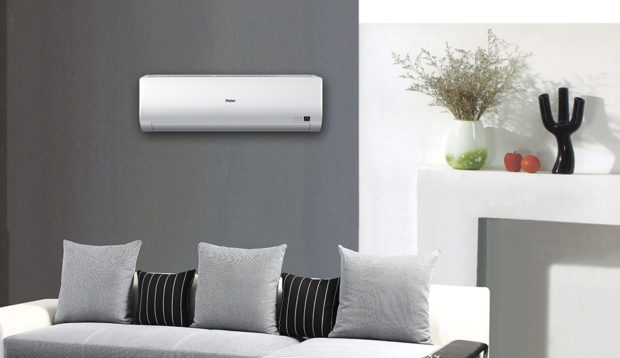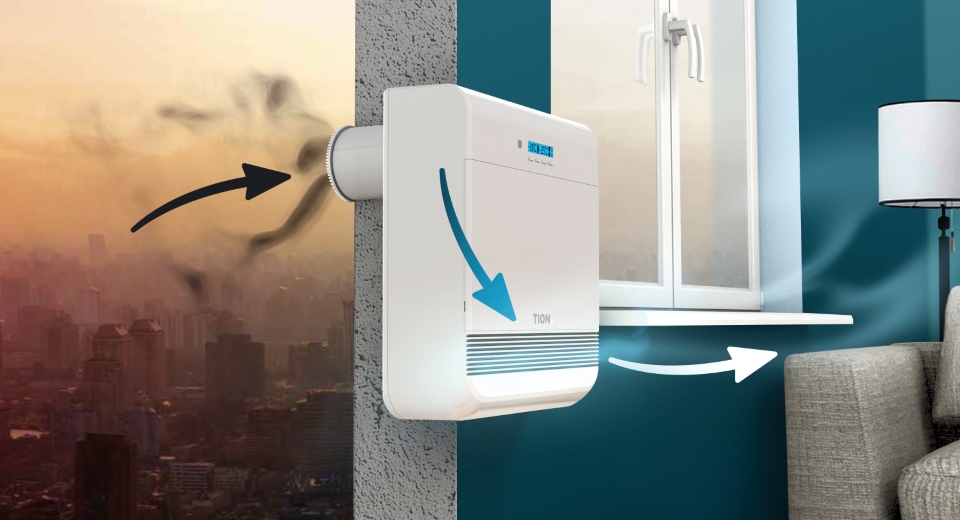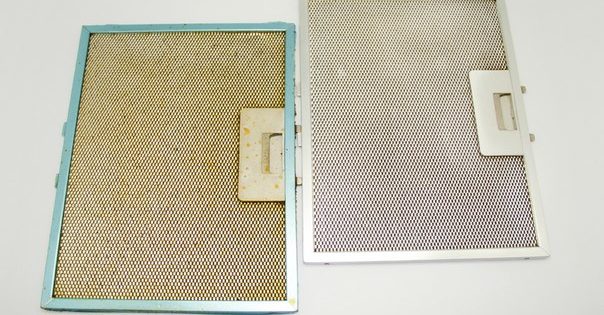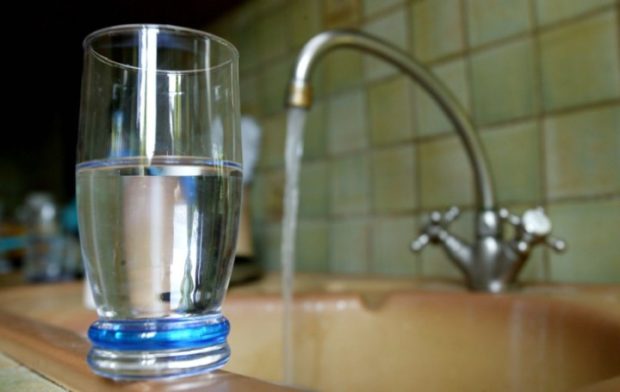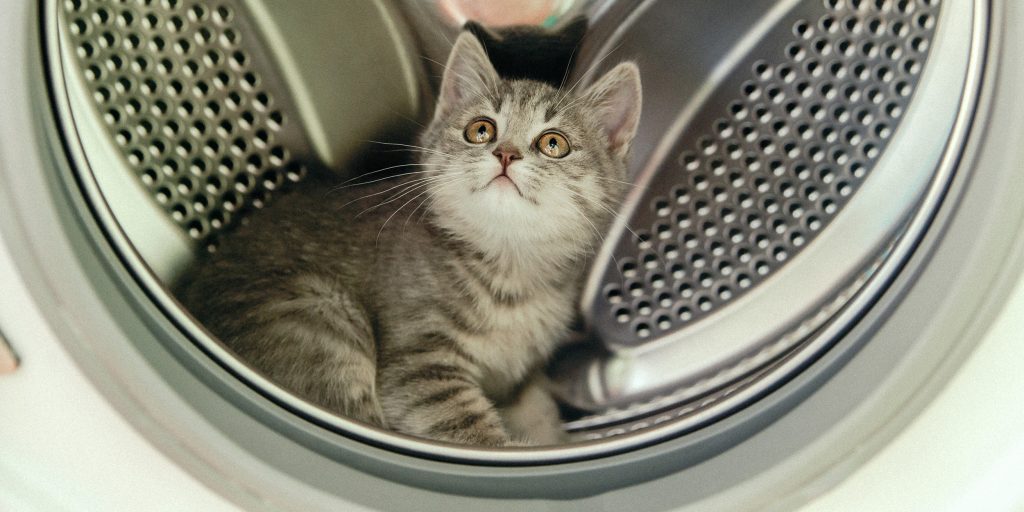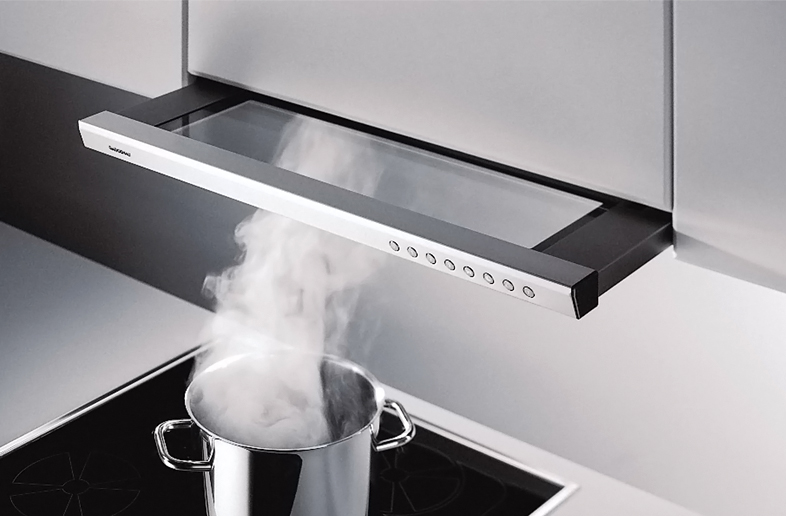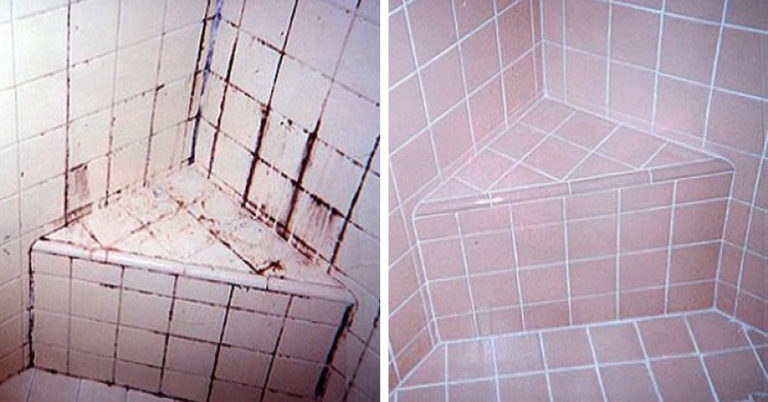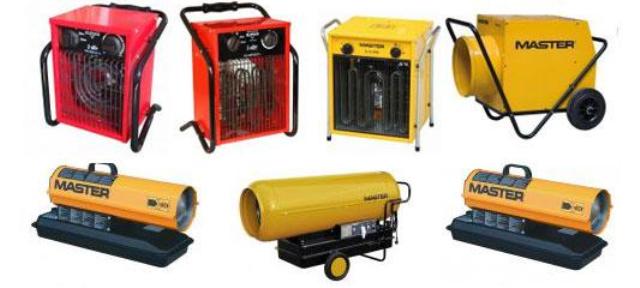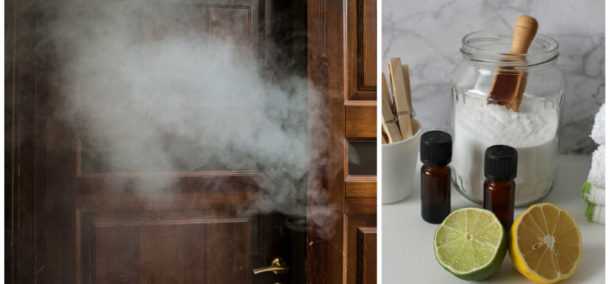How to clean your home air conditioner yourself - 7 tips
How long have you been cleaning your home air conditioner? We regularly wash the refrigerator, rub to a shine hobfollow up clean plumbing. All this is in sight, and pollution is immediately visible. Another thing is air conditioning! It hangs on the ceiling, turns on on hot days and, it seems, does not require any maintenance, well, perhaps, the case is sometimes wiped from dust. It is enough to open the front panel of the indoor unit and you will see a terrifying picture in the form of balls of dust, wool, fluff, villi and other muck. And you haven’t seen these internal filters yet! Such an air conditioner produces chilled but contaminated air, and this is at best. At worst, it can even break. We do not want to scare you, we just want to warn that the climate equipment needs to be properly serviced, and it’s not at all necessary to call for help from specialists. We figure out how to clean the air conditioner in the apartment with our own hands, and how often you need to do it.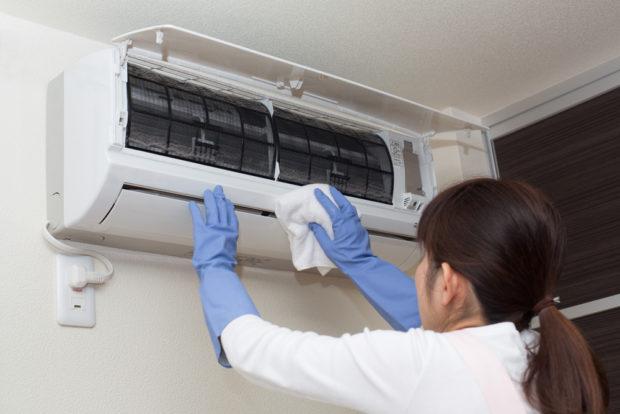
No. 1. Why should the air conditioner be cleaned?
To some this question may seem silly. Like, where does the air conditioner get dirt if the air in the apartment is clean? The thing is that home air, alas, is not as clean as it seems to us. Indoor unit constantly sucks in air from the apartment, cools it and blows it back. Additionally, air is cleaned from dust and small mechanical particles. it animal hair, hairs, villi, particles of plantsbrought on clothes from the street, etc. All this settles on the filters of coarse and fine cleaning. As a result, we get a number of adverse consequences:
- complicated air passage through the reduced openings in the clogged filter, and, as a resultreducing the efficiency of the air conditioner and increasing the load on the parts of the device, which leads to its rapid failure;
- the heat exchanger with freon from accumulated dirt may begin to overheat, the load on the compressor will increase, which will also lead to to accelerated wear;
- leaves, dust, sand, fluff fall into the external unit, stick to the fan, compressor and condenser, as a result, the normal heat transfer process is disrupted, energy costs are increased;
- the most dangerous thing is not even a breakdown or complete failure of the climate equipment, but negative impact on health. The accumulation of dust and organic particles on the filter along with high humidity is an ideal place for reproduction fungus mold and dust mites. The most dangerous microorganism that can settle in the air conditioner and spread throughout the apartment is legionella, which can cause lung disease. People with good health and strong immunity will not immediately feel the pathogenic effect own air conditioner - Asthmatics and people who have problems with the respiratory and cardiovascular systems will be the first to suffer. You don’t have to be a physician to imagine what harm the fungal spores flying around the apartment can cause if they mature in the air conditioner;
- unpleasant odor is the most harmless consequence of an untimely brushed air conditioner.

Doing it yourself is not as difficult as it may seem. Some parts can be cleaned with improvised means, others require a more specific approach and the purchase of special tools and cleaning products, but this is much cheaper than regularly calling specialists.
No. 2. How often should I clean the air conditioner?
There is no clear rule on how often to clean the air conditioner, it all depends on many factors. So, for example, residents of the upper floors of multi-storey buildings can clean much less frequently than their neighbors from the lower floors, because there is less dust at the top. But less often - it never means. Residents of houses located near busy roads, industrial enterprises, construction sites will have to deal with cleaning more often.
The outdoor unit needs to be cleaned less often than the indoor unit. As a rule, one cleaning a year is enough, but there are many exceptions to this rule:
- if the house is located in an area with a dense planting of poplars and other plants that give a lot of fluff when flowering, then cleaning will have to be done more often, since fluff can completely clog the filter of the outdoor unit of the split system in a short period of time;
- if you live above 7-8 floors, then it is allowed to clean once every couple of years;
- The external unit located above the 12th floor can be cleaned every few years.

The indoor unit must be cleaned. much more often. Ideally, when you do a full apartment cleaning, you need to clean the coarse filter. It is located directly under the external panel of the air conditioner. This rule applies to those who actively use climate equipment. It is better to carry out deep cleaning of the indoor unit of the air conditioner twice a year:
- in the spring, before the active use of the system in the summer heat;
- in the fall, after the summer period and before work in the winter, in the heating system;
- unscheduled, if there is a characteristic noise, smell and other signs that will be described below.

Deep cleaning means processing not only the coarse filter, but also washing or replacing the fine filters, processing the heat exchanger.
Preventive cleaning is carried out before something happens to the air conditioner. It also happens that the system itself begins to show signs that it needs a quality wash:
- the appearance of specific noise during device startup;
- the appearance of a sweet and raw smell;
- leak from the indoor unit;
- increased energy consumption with the same or reduced refrigeration capacity;
- gurgling and popping sounds indicate problems with the drainage system;
- tapping in the outdoor unit during operation.
If you monitor the cleanliness of the air conditioner, then the equipment will last at least 10 years and at the same time will not poison your air.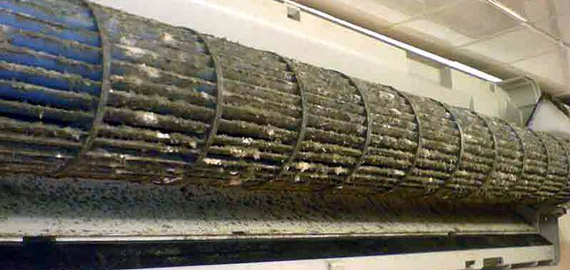
No. 3. How to clean the indoor unit of the air conditioner?
The indoor climate of the system is most affected by the indoor climate, so it’s logical to start with it. Doing the cleaning of the air conditioner with your own hands will not be difficult if you first deal with device of this unit. The first thing you see is the front panel of the device with a grill through which warm air enters the air conditioner. This panel is removed without much effort. Under the panel is located coarse filter - a polymer net that traps wool, pile and other relatively large debris. Ideally, this filter should be cleaned twice a month with heavy use of the air conditioner. An exception is systems with automatic cleaning.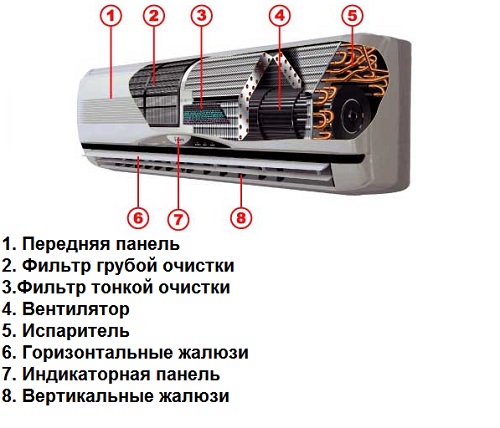
Behind the coarse filter is a fine filter, and there are usually several of them. In modern air conditioners The following types of fine filters are installed:
- carbon filter allows you to rid the air of unpleasant odors and neutralize harmful particles. You can’t wash such a filter - you just need to change it, and ideally do it every six months;
- zeolite filter made from zeolite, a porous material that can trap heavy metals and toxic chemicals. It is more efficient than a charcoal filter. In addition, it can simply be washed and used for 5 years;
- electrostatic filter allows you to clean the air from dust by creating an electric field, as a result of which electrified dust particles settle on an oppositely charged plate. The filter can be used for many years, it needs only periodic washing;
- plasma filter It works on the same principle as electrostatic, only dust particles are affected by low-temperature plasma. Such a filter is durable, needs only timely cleaning, it allows you to rid the air not only of dust, but also of unpleasant odors, including from the smell of tobacco smoke;

- ultraviolet filter it kills viruses and bacteria with a certain spectrum of light, prevents their growth and development inside the air conditioner, can work independently or in conjunction with a photocatalytic filter;
- photocatalytic filter Is a porous material coated with titanium dioxide. It easily retains and accumulates all contaminants that pass through the pores: dust, fungal spores, odors, and harmful substances. An ultraviolet lamp is built into the filter, which acts on the trapped contaminants and decomposes them into harmless compounds. The filter life is limited by the life of the UV lamp;
- antibacterial filter allows you to kill pathogenic flora in the air. It is made on the basis of natural antiseptics;
- antioxidant filter contains flavanoids that convert free radicals into inactive chemicals.
In addition to filters, there is also a fan and an evaporator inside the unit. The evaporator contains freon, it cools the air, which is carried through the apartment with a fan. Cool air comes out through vertical and horizontal blinds. There is a drip pan under the evaporator, which then goes out through the drainage system. The indicator panel serves to simplify user interaction with the device. The electronic board is the brain of the air conditioner, and the fitting connections connect the external and internal parts of the system and serve to circulate the refrigerant.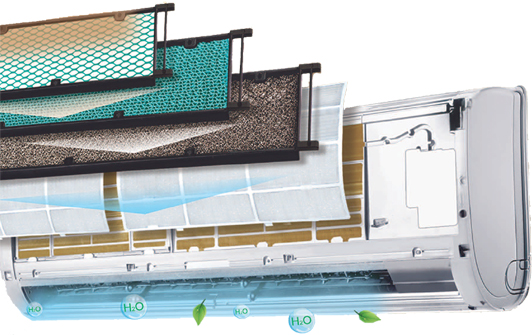
Filter cleaning
Before you start cleaning the air conditioner (especially the global cleaning), it is necessary to protect the airways from dust, pathogens. The air conditioner itself must be de-energized, and the floor and walls covered with plastic wrap.
Sequencing:
- remove the front panel of the air conditioner. It is not difficult, as a rule, it is fastened on latches and is easily dismantled;
- carefully remove the coarse filters. There are models in which these filters can be removed even without removing the front panel, which greatly simplifies regular maintenance of the air conditioner;
- remove the cover that closes the fasteners. It can be fastened with latches, then everything is as simple as possible. Some models will have to work. screwdriverand the screws can be hidden behind the protective plates. They are made of plastic, therefore, prying them, be careful not to break fragile parts;

- dismantle the indicator panel and place it near the electrical unit;
- when all screws are unscrewed, remove the plastic housing. If it does not lend itself, it is necessary to check if there are additional fastenings;
- when the housing is removed, fine filters are removed;
- dirt accumulations are removed from the rough filter and rigid parts of the housing with a vacuum cleaner or rag;

- Detergent is sprayed on the coarse filter and left for some time to allow dirt to separate better. It is recommended to use special cleaning agents for air conditioners, which can be purchased on the Internet or in a service center.Conventional detergents can adversely affect the filters themselves and the operation of the entire system, but many use ordinary soapy water and do not complain. After soaking, if necessary, rub the dirt with a soft brush, and then wash the filters and body parts under running water;
- the coarse filter should dry on its own - it is better not to wipe it;
- fine filters are a bit more complicated. Carbon, antioxidant and antibacterial filters are not washable - they change as necessary. New filters are sold at service centers. Other types of filters can be washed as described above;
- after drying and thorough cleaning of the indoor unit (if it is made), the filters and the housing are installed in their place.

If the ideal order is maintained at home, then 1-2 times a month it is enough to dry clean the filters, i.e. remove dust with a vacuum cleaner during cleaning. With a heavy load on the air conditioner, it is better to rinse the filters a couple of times a month - this is not at all difficult.
Fan cleaning
In a large number of models, the fan is removable so that it can be thoroughly washed. Sequencing:
- remove the front panel of the case;
- disconnect the electrical unit and remove the drainage tank;
- carefully find the retaining screw of the fan, which it connects to the motor, and unscrew the screw;
- clean the blades from dust, rinse with a special agent, treat with a disinfectant and rinse with running water, after which the part must be thoroughly dried and installed again.
There are also models where the fan is non-removable, and it is cleaned together with the evaporator.
Air conditioner evaporator cleaning
This is the most difficult part, because you have to work where the air conditioner is installed. Flushing involves the use of special means and a large amount of water, so that the walls, floor and electrical unit of the air conditioner must be reliably protected.
The preparatory work is as follows:
- isolation of the electrical unit from spray of detergent and water. You can hide it using ordinary shoe covers, the elastic of which will not allow the product to come off at the most inopportune moment;

- Now it is necessary to protect the floor and walls, since in the process of cleaning a large amount of dirty water will be formed, containing residues of detergents. Such a cocktail can "kill" any flooring. To protect it, you can use a dense plastic film, but successfully positioning it is not so easy. It is easier to purchase a special kit for cleaning air conditioners. It is sold in online stores and service centers, consists of a bag of a special shape and a funnel in the lower part, where the collected water will flow. A plastic nozzle is fixed on the funnel, which is then connected to the hose, and that, in turn, transports water to a previously prepared container, for example, to a bucket. Also included is an apron, which is placed between the wall and the bottom of the air conditioner. Stiffening ribs are not included in the package - there are only clamps for them, as well as a tape for hanging under the air conditioner;
- thin stiff plastic or metal tubes can be used as stiffeners. It will take two segments 60 cm long and two 120 cm long. hosewhose diameter will exactly match the diameter of the funnel;

- Stiffening ribs are inserted into the holes in the bag and fixed with complete holders, which in design are not much different from ordinary stationery holders;
- on the one hand, a belt is fixed, for which the whole structure will be suspended by an air conditioner;
- an apron, a piece of polyethylene, slip under the air conditioner case and fasten with masking tape;
- hang the assembled package with stiffeners with a belt, attach a hose to the nozzle, the second end of which is lowered into the bucket.
Now the actions themselves:
- after the filters and the air conditioner case were removed in the previous steps, the entrails covered with a decent layer of dust may open in front of you. It is better to remove dust with a brush or vacuum cleaner;
- for washing the evaporator and fan (if it is non-removable) it is better to use only special means. They are prepared in accordance with the instructions on the packaging. It is better to apply the washing solution with a spray gun;
- The evaporator and fan blades are especially carefully sprayed with detergent. So much dust accumulates on the latter that it can directly absorb into plastic. The radiator has a mass of heat transfer plates, in which dust also perfectly accumulates. It is practically impossible to remove all these deposits of dirt with plain water or ordinary detergent, therefore it is difficult to do without special substances;

- service technicians usually use two detergents at once. One of them is sprayed according to the scheme described above, the second is sold in cylinders and has a consistency of foam. All these tools are freely sold, therefore, when cleaning the air conditioner with your own hands, you can safely use them. After both substances are applied to the internal surfaces of the air conditioner, they are left for 20-25 minutes so that they will well corrode the dirt. When the foam has settled, check how good the dirt is. If it calmly separates from the surface, go to the next stage;
- detergents are washed off with running water. Professionals use special hoses that deliver a thin stream under high pressure. At home, you can use a spray bottle, but get ready that then the procedure will become much longer;
- water with mud will drain into the bag, and from there through the hose into the bucket. It is important to replace the container in time so that it does not overflow;
- rinse all the internal components of the air conditioner very carefully so that no detergents remain on them.

When everything is dry and washed, you can assemble the air conditioner.
Many tips and manuals recommend that you remove dirt only with a vacuum cleaner, maximum with a damp sponge. This option will work if you regularly look after the system, and a lot of dust is not collected. You can only clean the conditioner thoroughly with detergents and plenty of water. In any case, you can’t do without a thorough cleaning.
Number 4. Cleaning the air conditioning drainage system
If water began to drip from the air conditioner on the walls and floor, it means that something is wrong with the drainage system. The reasons can be a lot, from an insufficient amount of freon to freezing of the drainage tube in the winter. A problem may also arise as a result of contamination of the tube. Congestion prevents the passage of water, and it spills into the apartment. Where does the dirt come from? Everything is simple. If you do not remove the dust in a timely manner, then it accumulates and turns into dirt, which can get into the drainage.
When the cause of leakage is clogged drainage, the following procedure is applied:
- turn off the air conditioner from the network;
- remove the coarse filter;
- remove the panel and drain pan. The process of removing the pallet has a lot of nuances and depends on the model of the air conditioner, but it is not difficult to figure out how to proceed. The drain pan itself may need to be cleaned, plus it frees access to the hole to which the drain pipe is attached;
- the drainage tube is disconnected from the air conditioner and purged with a vacuum cleaner or compressor;
- For cleaning, you can use a long, durable, but flexible wire, which is inserted into the pipe, pushing the blockage out, i.e. the end of the wire should eventually appear on the side of the drainage tube that faces the street;
- the blockage is eliminated, but there is no guarantee that the pipe walls are completely clean. If dirt remains on them, new particles of debris will easily stick to it. Therefore, it is better to rinse the tube with chlorhexidine. If you haven’t removed the tube, then you can fill the liquid directly from the bottle - 400 ml is enough with your head.If the tube is off, you can use the device from a plastic bottle and hose, or just take a pear. After 15-20 minutes, blow the tube with a vacuum cleaner (blow) or a pump. To completely clean the system, pour 1.5-2 liters of plain water into the tube - it should flow freely into the street.
If the cause of the leak was not a blockage in the drainage, then, perhaps, for the diagnosis, you will need the help of a professional.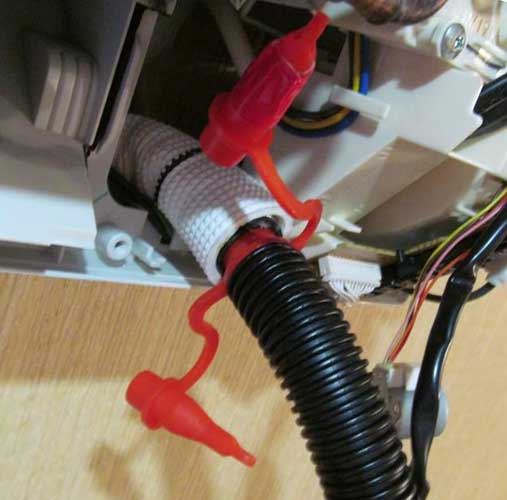
No. 5. External unit cleaning
The external unit needs to be cleaned much less frequently than the indoor unit, but it is also more difficult to clean. There will be no problems if you:
- live on the first floor;
- live in a private house;
- It is possible to work safely with a stepladder;
- The external air conditioning unit opens onto a balcony.
Residents of apartments on high floors were unlucky - you can’t carry out work yourself at a height, you will have to call specialists.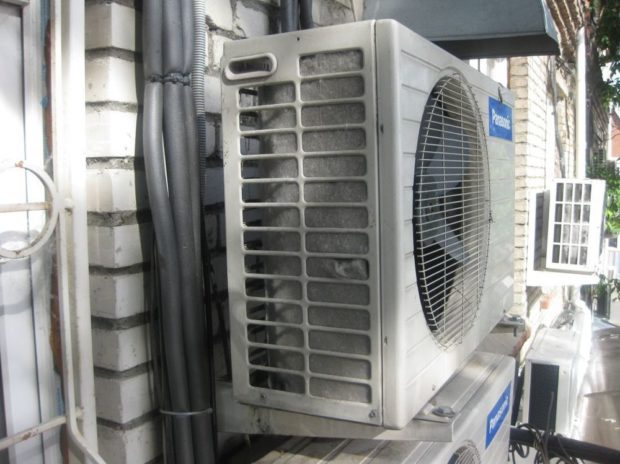
The external unit is cleaned as follows:
- disconnect the air conditioner from power;
- remove the external panel of the unit, after which it will be possible to approximately evaluate the scope of work;
- hands remove large debris, such as leaves, flowers, branches, etc. Better to work with gloves;
- with brushes or a vacuum cleaner, debris is removed from more inaccessible places of the case;
- fan blades may need additional cleaning with a damp sponge. Act carefully. If you need to use a large amount of water (watering from a hose), close the electrical unit;
- the surface of the condenser is easily cleaned with a damp sponge;
- the external panel can also be thoroughly washed and dried before installation.

No. 6. Air conditioner with automatic cleaning system
Many modern models are able to maintain themselves in a relatively clean state. This function works very simply: air passes through the filters and dries all the elements of the system. This is an excellent prevention of the appearance of raw and moldy odors. However, even such a system does not completely exempt from the need to completely clean the air conditioner.
They show themselves well systems with ionic air purification system. It allows you to ionize small particles of dust, so that they easily get into the dust collector. The most advanced systems receive sensory sensors that analyze the composition of the air and, in which case, include an automatic air purification system.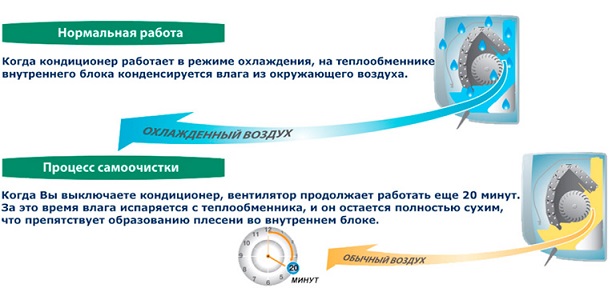
Number 7. Some useful tips
- Many manufacturers and sellers offer to conclude a service contract upon purchase. In this case, for the first couple of years, professionals will be responsible for cleaning the system, who must carry out all work absolutely free.
- Even if you do not have such a bonus, it is better to entrust the first cleaning to specialists. Carefully observe their actions so that they can act more confidently when cleaning themselves.
- Air conditioning is an expensive thing, and it’s foolish to ditch it in an attempt to save on manual cleaning. If you decide to do all the work with your own hands, then do not stint at least special detergents. For high-quality cleaning of the radiator of the indoor unit of the air conditioner, special brushes are produced.
- A steam cleaner helps get rid of dirt and mold.
- In winter, the abundance of icicles and snowdrifts on the outdoor unit can damage the air conditioner itself and become a threat to the safety of people and cars below, so do not forget to clean the street unit in time.

In principle, there is nothing very difficult to clean the air conditioner with your own hands. It just needs to be done regularly, carefully and at the same time a little bit to understand the air conditioner device. If you are very afraid of damaging any part of the device, then it is better to call for help from specialists. You can not do without them in those cases when something is broken in the air conditioner.

